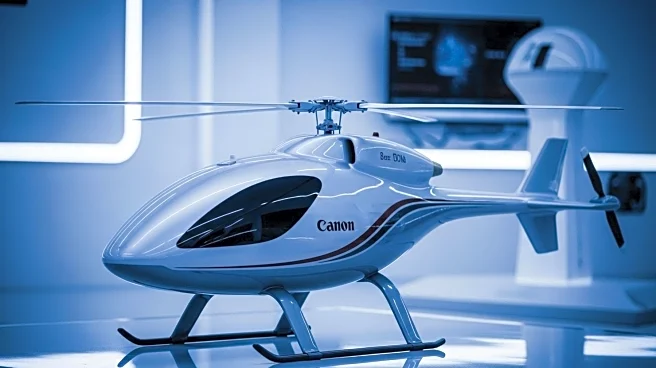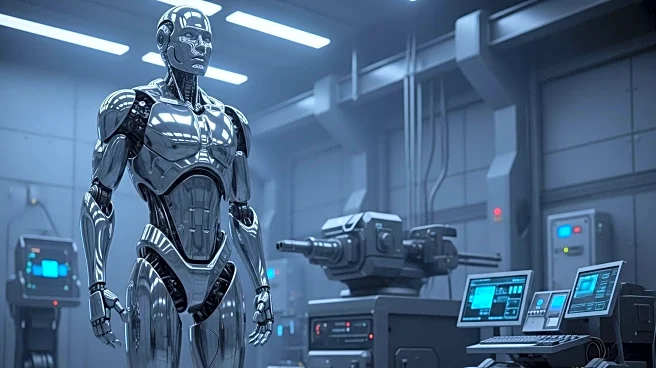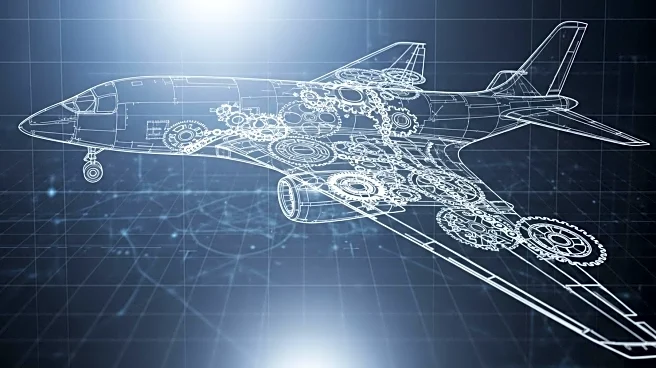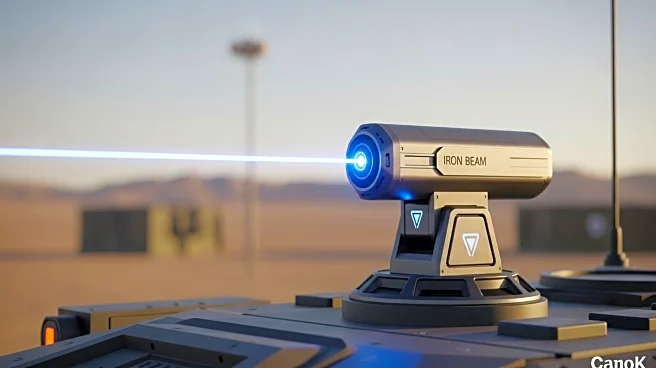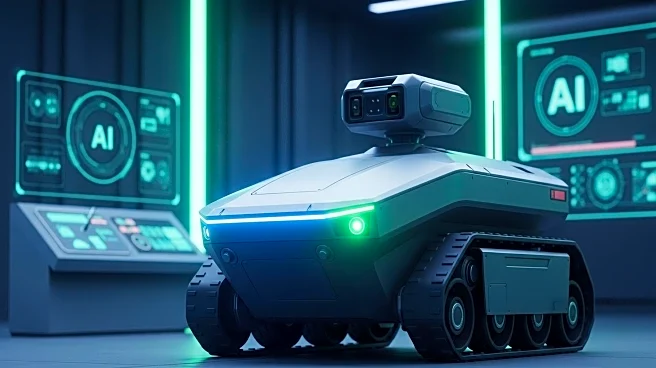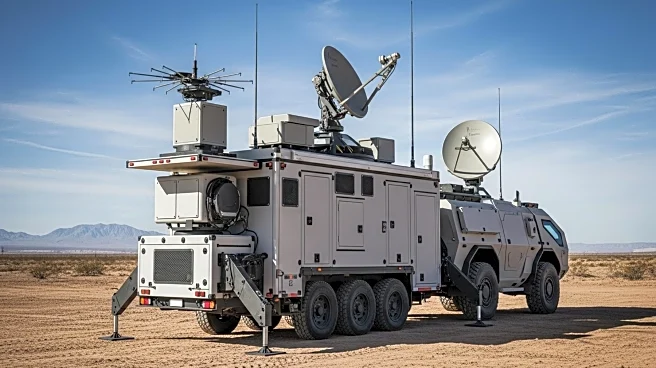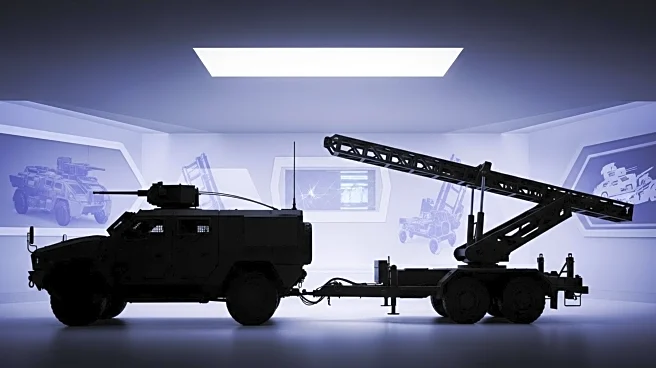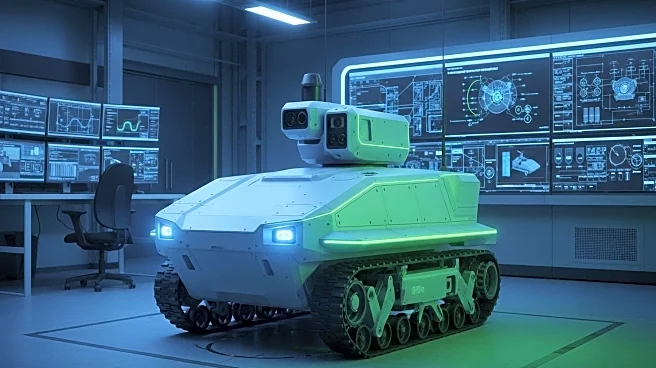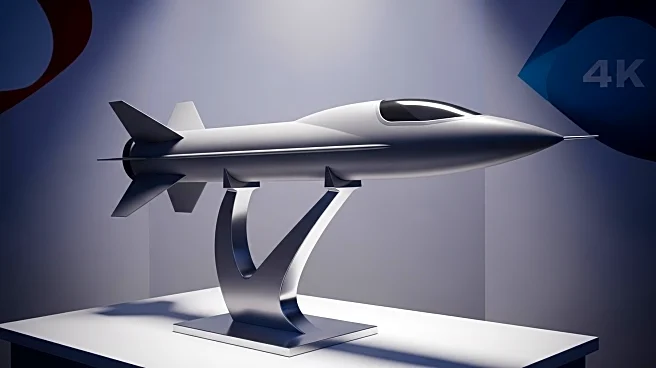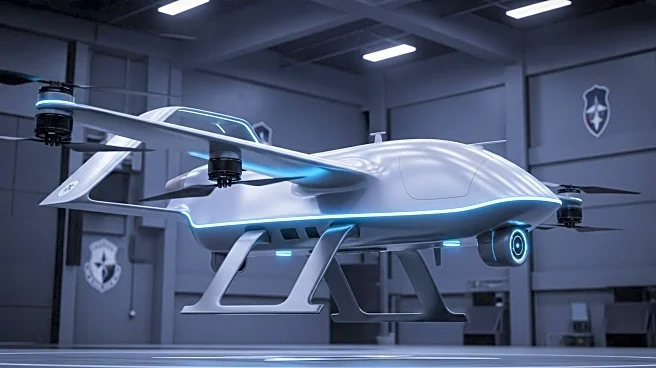What's Happening?
Oshkosh Defense, a division of Oshkosh Corporation, is set to introduce its family of multi-mission autonomous vehicles (FMAV) at the Association of the United States Army (AUSA) Annual Meeting & Exposition in Washington, D.C. The FMAV platforms are designed to support the U.S. Army's modernization priorities, including long-range precision fires and scalable autonomy. Oshkosh will showcase three production-ready variants: the Extreme Multi-Mission Autonomous Vehicle (X-MAV), Medium Multi-Mission Autonomous Vehicle (M-MAV), and Light Multi-Mission Autonomous Vehicle (L-MAV). These vehicles are engineered to enhance capabilities in contested environments, offering features such as autonomous launcher solutions, advanced navigation, and modular designs for various missions.
Why It's Important?
The introduction of Oshkosh Defense's FMAV platforms is significant for the U.S. Army's strategic transformation efforts. These autonomous vehicles are expected to increase operational efficiency and reduce risks in contested environments. By providing scalable autonomy and payload versatility, the FMAVs can adapt to evolving battlefield conditions, potentially enhancing the Army's ability to conduct long-range precision fires and resilient formations. This development could lead to increased survivability and reduced crew burdens, offering a technological edge in military operations.
What's Next?
Oshkosh Defense's FMAVs are poised to play a crucial role in the U.S. Army's future operations. As these vehicles are integrated into military strategies, further advancements in autonomous technology and payload capabilities are anticipated. The Army's focus on autonomous, payload-agnostic platforms suggests ongoing investments in similar technologies, potentially leading to new partnerships and innovations in military vehicle design.
Beyond the Headlines
The deployment of autonomous military vehicles raises ethical and legal considerations, particularly regarding the use of AI in warfare. As these technologies evolve, discussions around accountability, decision-making, and the role of human oversight in autonomous operations are likely to intensify. Additionally, the integration of such vehicles may influence global military strategies and defense policies.


